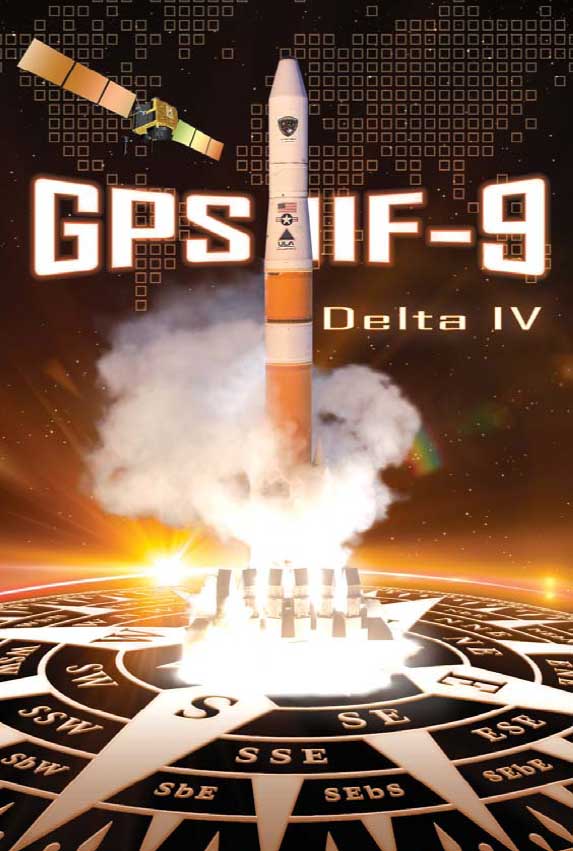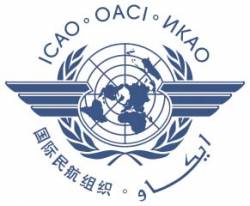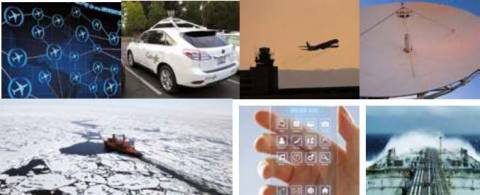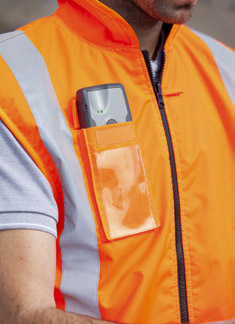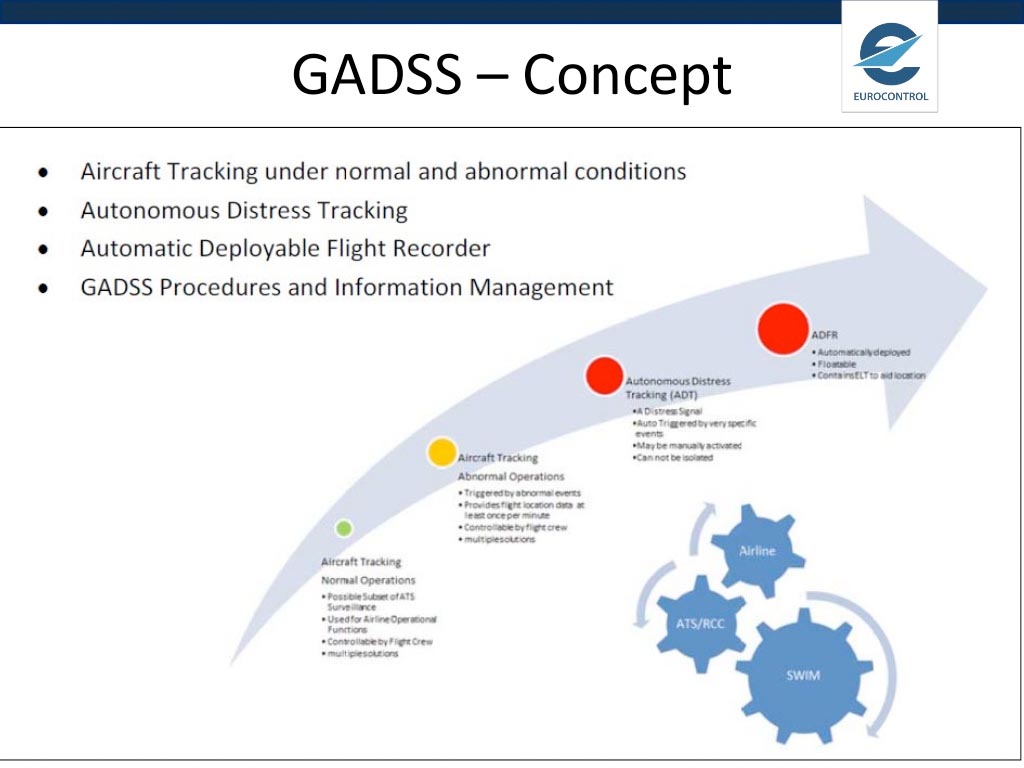u-blox Announces Profit, Revenue Advances in 2014

Thalwil, Switzerland–based u-blox reported revenue and profit growth in its most recent annual report, driven by strong sales in its GNSS and wireless chipset and module business.
Consolidated revenue was CHF270 million (US$276.7 million) in 2014, a growth of nearly 23 percent compared to 2013 while net profit increased by 39.6 percent to CHF34.4 million (US$35.2 million), representing a 12.7 percent net profit margin for the year.

